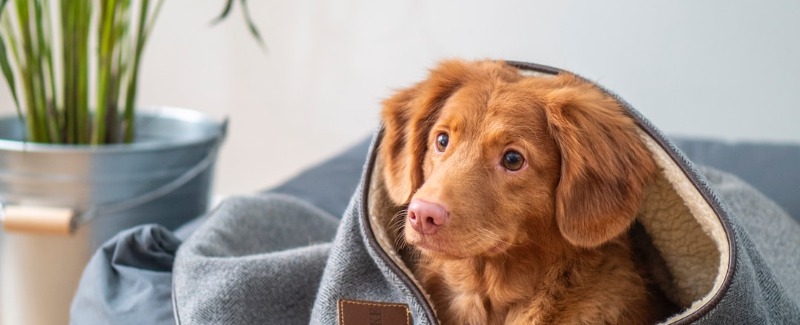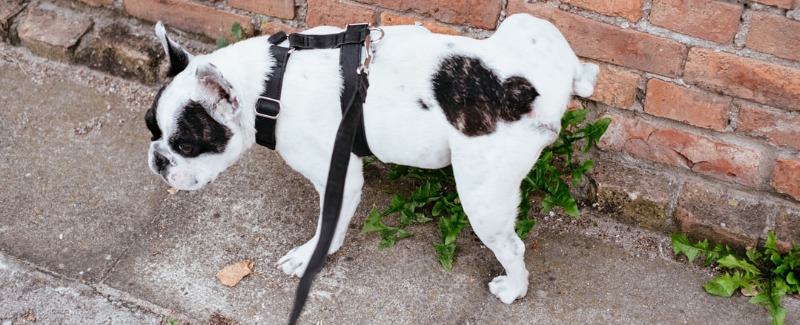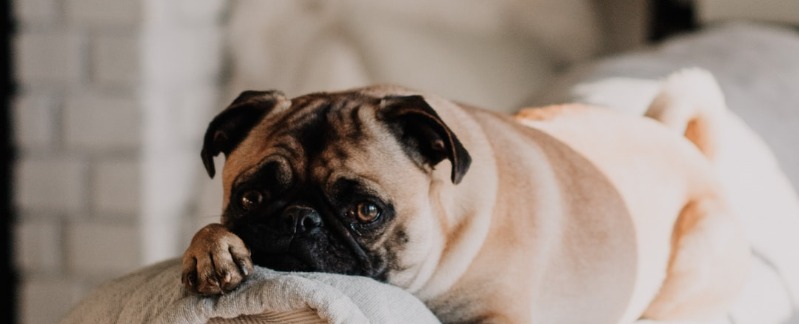Your dog is not going to housebreak himself. To prevent accidents, and to help him learn to hold it, diligent supervision and confinement are absolutely essential elements of successful housebreaking.
No Freedom to Make Mistakes
Supervision means that your dog doesn’t have the opportunity to go in some hidden location — behind the couch, down the hall, or in another room. If he’s out of his crate, and until he is reasonably reliable or asking to go out when he needs to, he has to be where someone responsible can see him and interrupt him if he’s about to make a mistake. Use draglines, tethers, and gates to keep him where you can see him.
For most dogs, confinement means crating. Particularly for young puppies or dogs just starting the housebreaking process, as mentioned previously, it is important that the crate is just big enough for him to stand up, turn around, and lie down, without a lot of room to spare. Don’t give him enough room to sleep at one end of the crate and pee at the other.
Tire your dog out and make sure he has pottied before crating him. He’ll be more likely to go in and relax for a longer period of time than if you stuff him in there when he’s full of energy — and more!
If you have a toy breed or can’t get your puppy out often enough, you might consider confining your dog in a larger area, like a bathroom or a folding puppy exercise pen with his crate (open) and one of the indoor potty options discussed at the end of this chapter.
Accepting the Crate
Natural den lovers, most dogs accept the crate quite readily. You can ease the process by making sure good things happen for your dog in there. Feed her in the crate sometimes, or give her special treats or chewies, like stuffed kongs, when she’s crated. Leave the crate door open when she’s not in it, and keep the crate in a high-traffic area of your house; the hardest thing for her is to be isolated. Whether you’ve been gone five seconds or five hours, only let her out of the crate if she’s calm and quiet.
Should your dog have a nice comfy bed in his crate? It depends. If he doesn’t chew his bedding or use it to absorb urine in his crate, then by all means, give him a bed. Don’t give him several chances to destroy or urinate on his bed. If he doesn’t use the bed for its intended purpose, don’t give him one for several weeks, and then try again.
Teach her to go in her crate on command, like “Kennel up” or “Go to your room,” by throwing a treat in there and using your command as she enters. Praise and give her a couple of extra treats if she stays in. When you’re first teaching the command, let her out quickly, anywhere from a few seconds to a few minutes. After a week or so of her associating your command with her going in and getting treats, try using your command before you throw the treats in (you can still use the hand motion). Praise and reward her when she goes in the crate on command.





